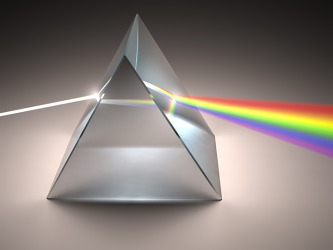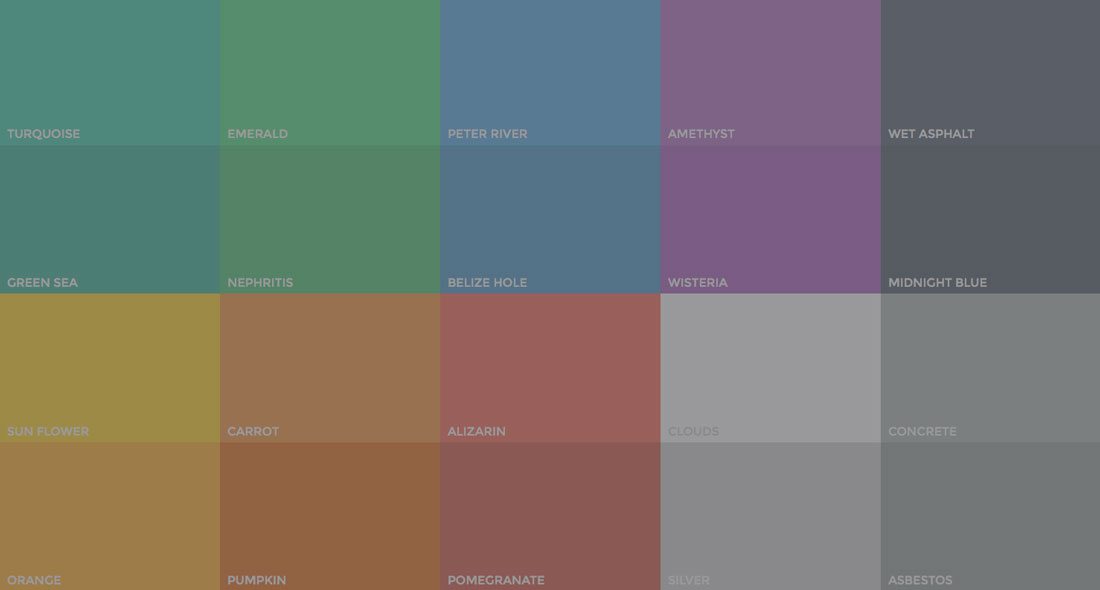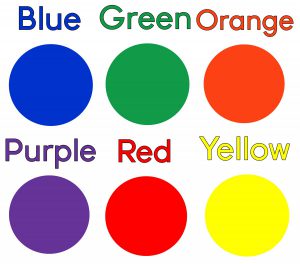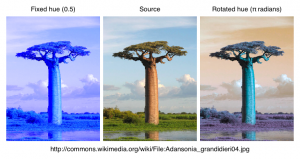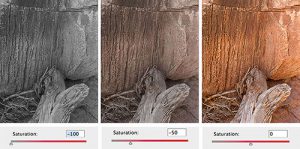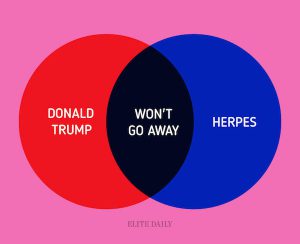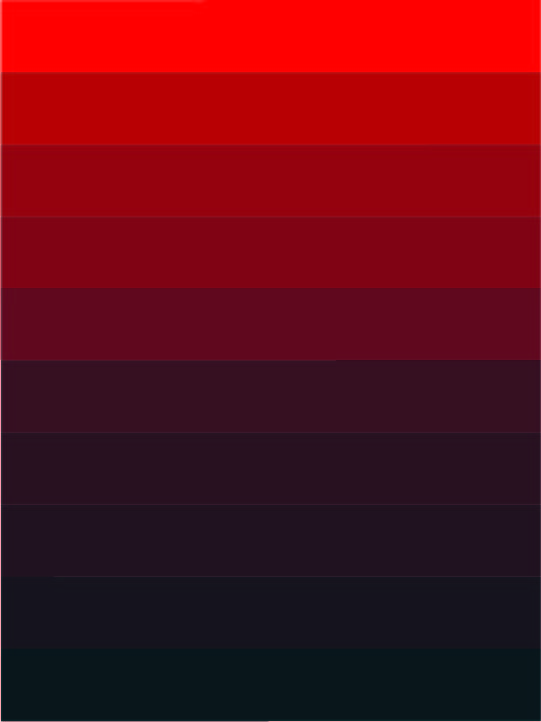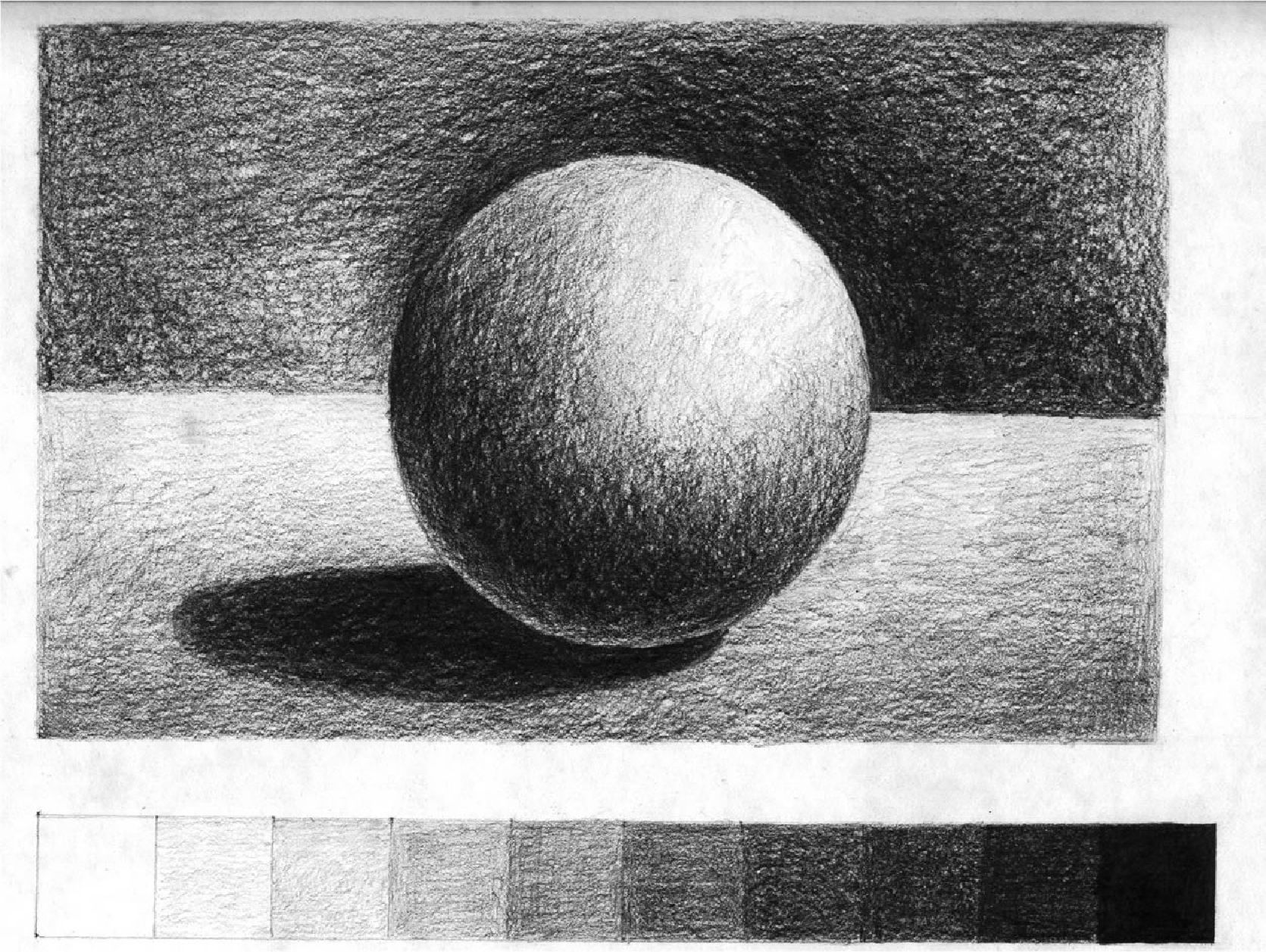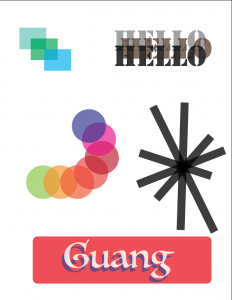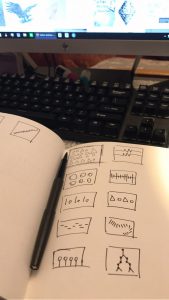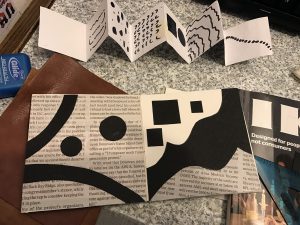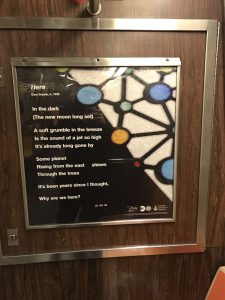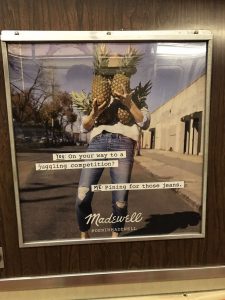Josef Albers
(http://www.theartstory.org)
Josef Albers was instrumental in bringing the tenets of European modernism, particularly those associated with the Bauhaus, to America. His legacy as a teacher of artists, as well as his extensive theoretical work proposing that color, rather than form, is the primary medium of pictorial language, profoundly influenced the development of modern art in the United States during the 1950s and 1960s.
- Albers’s 1963 book Interaction of Color provided the most comprehensive analysis of the function and perception of color to date and profoundly influenced art education and artistic practice, especially Color Field painting and Minimalism, in the twentieth century.
Johannes Itten
His development of the preliminary class of the school revolutionized art education. Instead of having students copy works of the Old Masters, he encouraged them to explore their own feelings and to experiment with colors, materials, and forms. This course emphasized three elements: studies of natural forms and colors, the analysis of canonical artworks, and life drawing. He was a pioneer of holistic art teaching and went on to run his own art school, along with serving at senior positions in renowned art academies.
- Itten developed an intricate theory of color, which associated color palettes with types of people and seasons. His work on color contrasts, which characterized seven different types of comparisons, was important for the development of Op Art, but would also influence palettes designed by cosmetic companies in the late 20th century
Albert H. Munsell
(http://munsell.com/)
Albert Henry Munsell was born in Boston Massachusetts on January 6, 1858 and died June 28, 1918. Munsell was an accomplished artist and distinguished professor at what was then known as the Massachusetts Normal Art School in Boston
- Munsell Color continues the legacy of Albert H. Munsell and his dedication to helping people communicate color easily and accurately. Our aim is to provide you with effective color tools, tips, and techniques based on Munsell color theory. We’re your resource for transforming Munsell color theory into action – whether you’re designing palettes, producing products or conducting color-based analysis.
